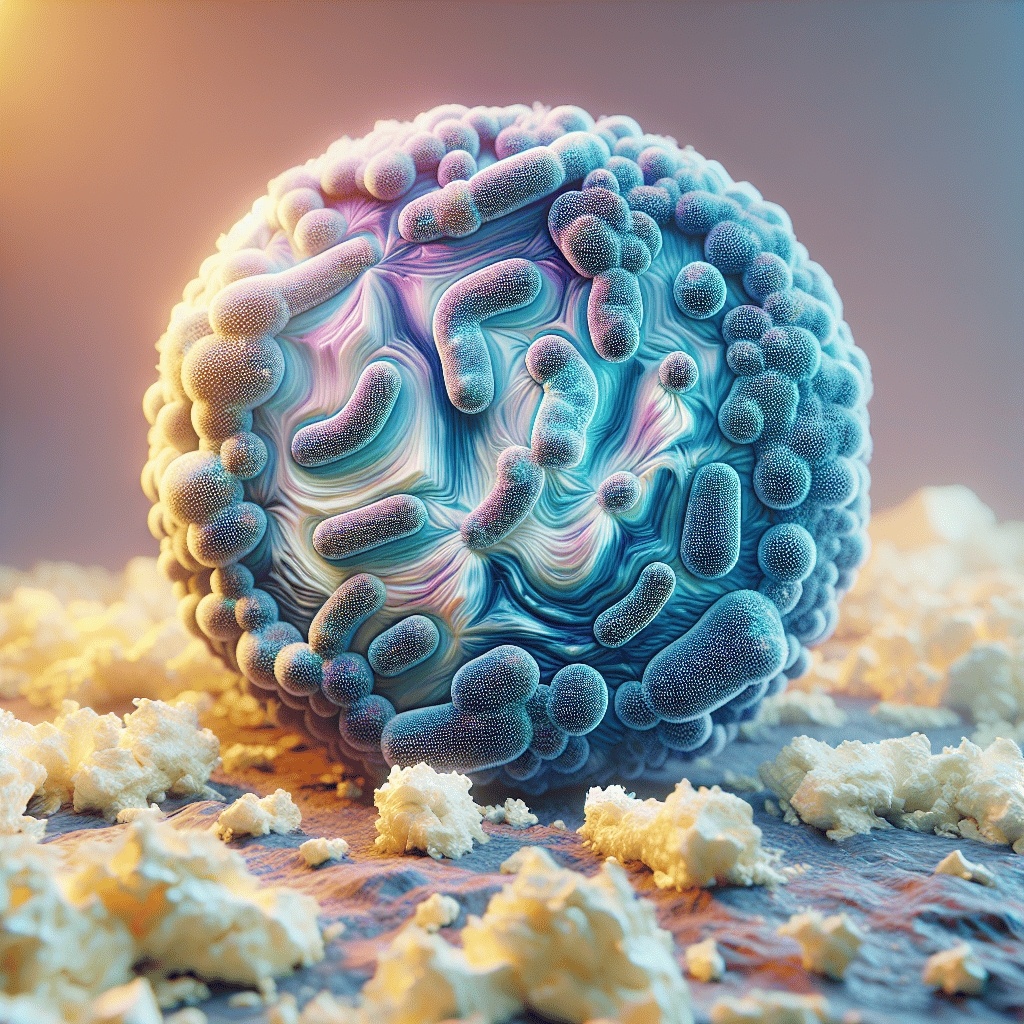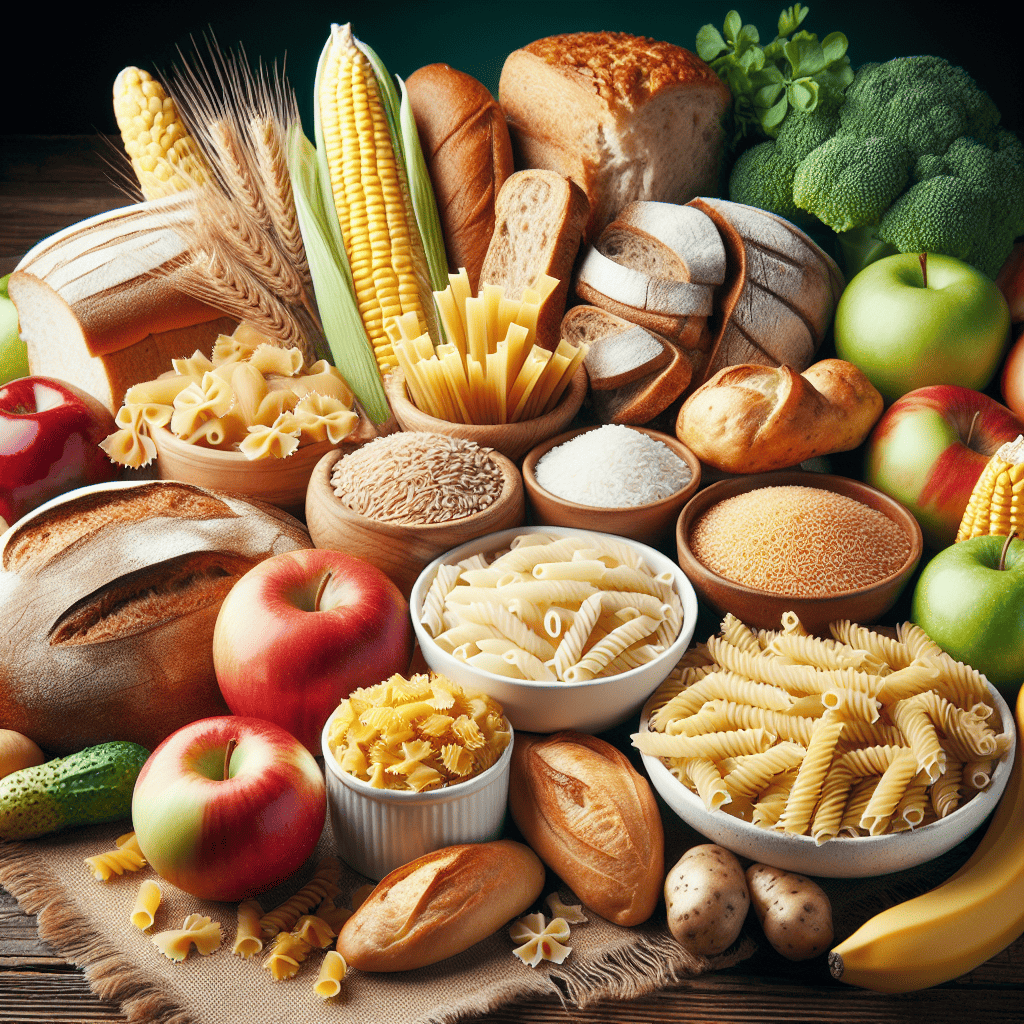Introduction: Milk bacteria play a crucial role in the fermentation process of milk by converting lactose into lactic acid, which significantly impacts the texture and flavor of milk. This article delves into the types of bacteria present in milk and how they contribute to the transformation of milk during fermentation.
Table of Contents
Types of Bacteria in Milk
Explore the various types of bacteria commonly found in milk and their significance in the fermentation process.
- Streptococcus thermophilus and Lactobacillus delbrueckii:
Streptococcus thermophilus and Lactobacillus delbrueckii are commonly found in milk and are key players in the fermentation process of dairy products such as yogurt. Streptococcus thermophilus is known for its ability to metabolize lactose, the natural sugar present in milk, into lactic acid. This conversion not only helps in acidifying the milk but also contributes to the preservation of the product. The lactic acid produced lowers the pH, creating an environment that inhibits the growth of harmful bacteria and extends the shelf life of the fermented dairy product.
On the other hand, Lactobacillus delbrueckii complements the actions of Streptococcus thermophilus by further breaking down the sugars in milk. This bacterium ferments additional carbohydrates and helps to enhance the texture and flavor of the final product. The presence of Lactobacillus delbrueckii is crucial for the development of the unique tangy taste and creamy consistency that is characteristic of yogurt. Together, these two bacteria work synergistically to transform regular milk into a nutritious and delicious fermented dairy product that is not only tasty but also rich in probiotics, which are beneficial for gut health.
The collaboration between Streptococcus thermophilus and Lactobacillus delbrueckii in the fermentation of milk exemplifies the importance of microbial activity in food production. Through their metabolic activities, these bacteria not only contribute to the sensory qualities of yogurt but also play a vital role in enhancing its nutritional value. The fermentation process not only alters the taste and texture of milk but also improves its digestibility and increases the bioavailability of certain nutrients. Therefore, the presence of these beneficial bacteria in fermented dairy products like yogurt not only enhances their palatability but also offers numerous health benefits to consumers.
- Bifidobacterium and Other Bacterial Strains:
Aside from Streptococcus thermophilus and Lactobacillus delbrueckii, other crucial bacterial strains commonly found in milk are Bifidobacterium animalis, Bifidobacterium bifidum, and Lactobacillus acidophilus. These bacteria play essential roles in the fermentation process of dairy products such as yogurt and kefir. Bifidobacterium animalis and Bifidobacterium bifidum are known for their probiotic properties, aiding in digestion and promoting a healthy gut microbiome.
Lactobacillus acidophilus also holds significant importance in the dairy industry due to its ability to convert lactose into lactic acid, contributing to the characteristic tangy flavor of fermented milk products. Moreover, these beneficial bacteria help in breaking down food components, making nutrients more accessible for absorption in the gut. The presence of these diverse bacterial strains not only enhances the taste and texture of dairy foods but also increases their nutritional content, making them a valuable component of a balanced diet.
Furthermore, the fermentation of milk by these bacterial strains not only improves the digestibility of lactose for lactose-intolerant individuals but also extends the shelf life of dairy products. The probiotic nature of these bacteria offers various health benefits, including immune system support, improved digestive health, and potential relief from gastrointestinal issues. Incorporating a variety of beneficial bacterial strains in dairy products not only diversifies the flavors and textures but also adds a layer of functionality, turning simple milk into a powerhouse of nutrition and wellness.
- Role of Bacteria in Milk Fermentation:
During milk fermentation, specific bacteria are added to the milk to initiate the process of converting lactose, a complex sugar naturally present in milk, into lactic acid. This transformation is a key step in the fermentation process as lactic acid production is responsible for lowering the pH of the milk. As the pH decreases, milk curdles due to the denaturation of proteins, particularly casein. The acidic environment created by the lactic acid promotes the formation of a gel-like structure, which is essential for the creation of various fermented dairy products like yogurt, kefir, and cheese.
Beyond the textural changes that occur during milk fermentation, the conversion of lactose into lactic acid introduces a tangy flavor to the final product. The lactic acid creates a slightly sour taste that is characteristic of many fermented dairy products. Additionally, this acidification process not only enhances the flavor but also improves the digestibility of dairy products for some individuals. The breakdown of lactose into lactic acid may make the dairy product more tolerable for those with lactose intolerance, as the fermentation process reduces the lactose content in the final product. Moreover, the acidic environment created during fermentation helps inhibit the growth of harmful bacteria, contributing to the extended shelf life of the fermented milk product.
The fermentation of milk has been practiced for centuries as a means of preserving dairy, enhancing its taste, and increasing its nutritional value. Beyond the basic yogurt or kefir, different regions globally have developed unique fermented milk products with distinct flavors and textures by using specific bacterial strains and varying fermentation techniques. Additionally, fermented dairy products are rich in probiotics, which are beneficial bacteria that can promote gut health and boost the immune system. This ancient method of milk fermentation has not only enriched culinary traditions worldwide but also contributed to the development of a wide range of dairy products that offer diverse flavors, improved digestibility, and extended shelf life.
Benefits of Milk Fermentation
Discover the health benefits and culinary advantages of consuming fermented milk products.
- Enhanced Digestibility and Nutrient Absorption:
Fermentation is a natural process that involves the breakdown of complex substances by microorganisms like bacteria, yeast, or fungi. In the case of lactose, which is a sugar found in dairy products, fermentation helps break it down into simpler and more easily digestible sugars. This breakdown not only makes the nutrients more accessible to the body but also reduces the discomfort that some people experience when trying to digest lactose. As a result, fermented dairy products such as yogurt, kefir, and some cheeses are often easier for those with lactose intolerance to consume.
In addition to making lactose more digestible, fermentation also encourages the growth of beneficial bacteria in the gut. These beneficial bacteria, often referred to as probiotics, play a crucial role in maintaining a healthy digestive system. They help to balance the gut microbiome, improve overall gut health, and support the immune system. By consuming fermented foods rich in probiotics, individuals can introduce these beneficial bacteria into their gut, potentially alleviating digestive issues and enhancing their overall well-being.
Furthermore, the fermentation process can lead to an increase in the bioavailability of certain nutrients. For instance, fermented dairy products may have higher levels of vitamins, minerals, and other essential nutrients compared to non-fermented counterparts. This improved nutrient absorption can be particularly beneficial for individuals with compromised digestive systems or those who struggle to meet their nutritional needs. By incorporating fermented foods into their diet, people can not only enjoy the potential benefits for gut health and lactose intolerance but also enhance their overall nutrient intake.
- Rich in Probiotics:
Fermented milk products, such as yogurt, kefir, and some types of cheese, are known for their richness in probiotics, which are live microorganisms that confer health benefits when consumed in adequate amounts. These probiotics help in maintaining a healthy balance of gut bacteria, playing a crucial role in supporting digestive health. The gut microbiome, which consists of trillions of microorganisms, has a significant impact on various aspects of health, including immune function, nutrient absorption, and even mental health. By consuming fermented dairy products regularly, individuals can help replenish and maintain a diverse range of beneficial bacteria in their gut, which in turn promotes overall well-being.
In addition to their probiotic content, fermented milk products also offer essential nutrients such as calcium, protein, and vitamins like B12. Calcium is vital for maintaining strong bones and teeth, while protein is essential for muscle repair and growth. Vitamin B12 is crucial for nerve function and the production of red blood cells. Therefore, incorporating fermented dairy into a balanced diet can contribute to meeting daily nutrient requirements, especially for individuals who may have limited access to other sources of these nutrients in their regular diet.
Moreover, the fermentation process involved in making these products can enhance the digestibility of lactose, making them a viable option for individuals with lactose intolerance. During fermentation, beneficial bacteria break down lactose into simpler sugars, which are easier to digest. This can help people with lactose intolerance enjoy dairy products without experiencing the usual discomfort. However, it is important to note that not all fermented dairy products may be suitable for those with severe lactose intolerance, and individuals with specific dietary restrictions should consult with a healthcare provider or a nutritionist to find the most suitable options for their needs.
Exploring Milk Bacteria Diversity
Dive deeper into the diverse world of milk bacteria and their implications for culinary and nutritional practices.
- Microbial Ecology of Milk:
Milk is a rich source of diverse microorganisms, including bacteria, yeasts, and molds, which play crucial roles in the fermentation process of dairy products. The microbial composition of milk can vary depending on various factors such as animal health, diet, and milking practices. These microorganisms interact with each other in a complex ecosystem within milk, leading to the transformation of lactose (milk sugar) into various compounds like lactic acid, which contributes to the characteristic tangy flavor of fermented dairy products like yogurt and cheese.
The fermentation of milk by beneficial bacteria, yeasts, and molds not only enhances the flavor but also helps in improving the texture, aroma, and shelf life of dairy products. Different strains of microorganisms can produce unique enzymes and metabolites that influence the sensory characteristics of the final product. For instance, certain molds are responsible for the development of blue veins in blue cheese, while specific bacteria are crucial for the formation of air pockets in Swiss cheese. By studying and manipulating the microbial composition of milk, dairy scientists can innovate and develop novel dairy products with distinct flavors and textures that cater to evolving consumer preferences.
Moreover, understanding the microbiome of milk can also have implications for food safety and quality control in the dairy industry. Monitoring and maintaining the balance of beneficial microorganisms in milk can help prevent the growth of harmful pathogens that can cause spoilage or foodborne illnesses. By harnessing the intricate microbial ecosystem present in milk, researchers and food manufacturers can not only create innovative dairy products but also ensure the safety and consistency of dairy products for consumers worldwide.
- Culinary Applications of Milk Bacteria:
In the realm of dairy products, bacteria play a crucial role in the fermentation process. For cheesemaking, specific strains of bacteria such as Lactococcus and Streptococcus are used to acidify the milk and help in curd formation. These bacteria also contribute to the flavor profile of the cheese as they break down proteins and sugars during the fermentation process. Different bacteria strains result in a wide range of cheese varieties, each with its distinct taste and texture. Similarly, in yogurt production, bacteria like Lactobacillus bulgaricus and Streptococcus thermophilus are responsible for fermenting the milk sugars into lactic acid, giving yogurt its tangy flavor and thick consistency. Understanding the role of these bacteria allows artisans to manipulate factors like temperature, time, and culture selection to craft unique dairy products with varying complexities of taste and texture.
Exploring the world of milk fermentation not only yields a diverse range of dairy products but also sheds light on the traditional artistry involved in their creation. Over centuries, different cultures have developed their techniques and recipes for fermenting milk to produce cheese, yogurt, kefir, and other dairy delights. The careful selection and cultivation of specific bacterial strains have been honed through generations of trial and error, resulting in the rich tapestry of dairy products enjoyed worldwide today. Artisans and cheesemakers take pride in their craft, often following time-honored traditions while also experimenting with new bacteria strains or techniques to push the boundaries of flavor and texture. This blend of heritage and innovation showcases the dynamic nature of dairy fermentation as both a science and an art.
The intricate dance between bacteria and milk in fermentation not only leads to delicious dairy products but also offers a glimpse into the fascinating world of microbial ecology. Bacteria interact with the sugars, proteins, and fats in milk, transforming these raw ingredients into a spectrum of flavors and textures through fermentation. Beyond taste and texture, these bacteria also contribute to the preservation and safety of dairy products by creating an acidic environment that inhibits the growth of harmful pathogens. By understanding the science behind bacterial fermentation in dairy production, we can appreciate the complexity and sophistication involved in creating beloved culinary delights that have stood the test of time.




